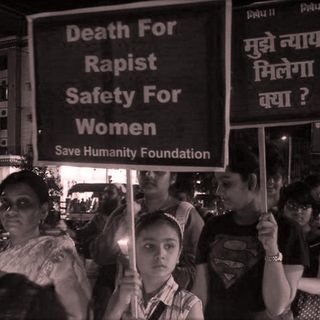In 1989, Justice M Fatima Beevi was the first woman to be appointed as a judge in India’s Supreme Court, 39 years after the institution was formed. Nearly 30 years later, with the August 3 swearing-in of Justice Indira Banerjee, the apex court, for the first time in its history, has three sitting female judges. It is rounded out by Justice R Banumathi.
Still, that’s only 9% of the bench. In high courts, women make up 11% of the total number of judges. And a new analysis from Vidhi Centre for Legal Policy, a legal think tank, shows the scene is not much different in the lower courts, too: Of the 16,600 judges in district and subordinate courts in India, only 4,500 — that is, 27% — are women, Times of India reported today.
At a news conference organised by the think tank, former Law Commission chairman, Justice AP Shah, said there is a marked bias when it comes to choosing between a man and a woman of equal merit for judgeship. “Almost invariably, the man was selected,” he said.
Last year, two important verdicts — triple talaq ruled unconstitutional and un-Islamic, and the declaration of privacy as a fundamental right — were decided by all-male benches. It left many of India’s leading women in law perplexed. “I can’t help feeling a degree of sadness that the sole woman judge of the Supreme Court [Justice Banumathi then] was not a part of either verdict last week, more so when women put up such fierce arguments in both cases,” said senior advocate Rebecca John to Livemint at the time.
The new analysis backs up the sense of a broader problem of judicial diversity, expressed then by Justice Prabha Sridevan, a former judge of the Madras High Court: “This sort of gender bias is deeply ingrained. The fact that you don’t even think you need more women judges is part of that bias,” she told Livemint.
The ultimate irony is, judges and lawyers point out, that the very institution responsible for upholding a Constitution that demands equality for all people, should have such a striking lack of equity itself.
The fallout is noteworthy. An unequal representation of gender on the bench can mean that the judiciary lacks the diversity in perspective necessary to rule justly. According to Justice Sujata V Manohar — who was one of the three-member bench that passed the landmark judgment that sexual harassment at work is a violation of human rights — and Justice Banumathi, including women on the bench “allows and paves way to add more critical and contextual lens to gender-related issues, especially crimes involving violence against women.”
Justice Jaising agrees. “Besides addressing an obvious gender gap, more women judges would bring a different experience to the bench,” she told Livemint. Justice Sridevan added that a woman will understand the realities of a woman’s life better. It doesn’t seem coincidental that the strongest condemnation of marital rape in India’s lackluster history with the topic came mere weeks ago — from a bench that included a female judge.




